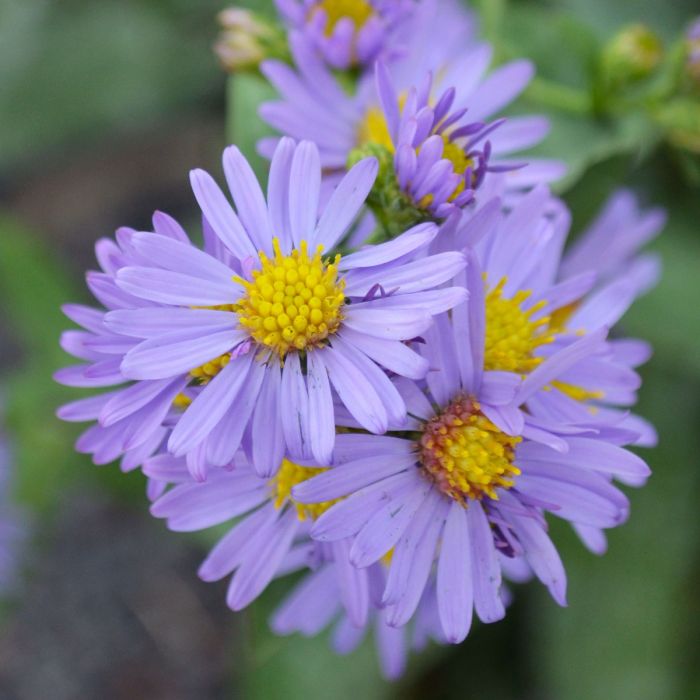Flowering Perennials Native to Minnesota
Native plants provide shelter and food for wildlife and support pollinators. The experts at Gertens offer guidance to perennials native to Minnesota.




Out of stock
Coming soon, still growingThis aster produces a profusion of deep blue, star-like flowers in late summer and autumn. Extremely hardy, grows in almost any soil.
Discover an unparalleled selection of perennials at Gertens! With the largest variety in Minnesota, we offer endless options of colorful perennials, natives, and pollinator plants to beautify your garden year after year. From vibrant flowers to lush foliage, our perennials are perfect for adding beauty and charm to your outdoor space. Visit Gertens today and see why we're known as Minnesota's Destination Garden Center!
Smooth Aster | Aster laevis
Height: 3 feet
Spread: 24 inches
Sunlight: Full Sun to Partial Shade
Hardiness Zone: 4a
Other Names: Smooth Aster
Brand: Gertens
Description:
Profusion of deep-blue blossoms, MN native. The hardy and thrives in almost any soil
Ornamental Features
Smooth Aster has masses of beautiful lavender daisy flowers with yellow eyes at the ends of the stems from late summer to late fall, which are most effective when planted in groupings. The flowers are excellent for cutting. Its narrow leaves remain dark green in color throughout the season.
Landscape Attributes
Smooth Aster is a dense herbaceous perennial with a mounded form. Its relatively fine texture sets it apart from other garden plants with less refined foliage.
This is a relatively low maintenance plant, and is best cleaned up in early spring before it resumes active growth for the season. It is a good choice for attracting butterflies to your yard, but is not particularly attractive to deer who tend to leave it alone in favor of tastier treats. Gardeners should be aware of the following characteristic(s) that may warrant special consideration;
Smooth Aster is recommended for the following landscape applications;
Planting & Growing
Smooth Aster will grow to be about 3 feet tall at maturity, with a spread of 24 inches. It tends to be leggy, with a typical clearance of 1 foot from the ground, and should be underplanted with lower-growing perennials. The flower stalks can be weak and so it may require staking in exposed sites or excessively rich soils. It grows at a medium rate, and under ideal conditions can be expected to live for approximately 10 years. As an herbaceous perennial, this plant will usually die back to the crown each winter, and will regrow from the base each spring. Be careful not to disturb the crown in late winter when it may not be readily seen!
This plant does best in full sun to partial shade. It prefers to grow in average to moist conditions, and shouldn't be allowed to dry out. It is not particular as to soil type or pH. It is somewhat tolerant of urban pollution. This species is native to parts of North America. It can be propagated by division.
| Common Family Name | Aster |
|---|---|
| Gerten Grown Plants | Gerten Grown Plants |
| Available for Pre-Order | No |
| MN Native Plants | MN Native Plants |
| Sun Preference | Full-Sun, Part-Sun |
| Bloom Time | August, September, October |
| Mature Spread (Range) | 12" - 24" |
| Mature Height (Range) | 25" - 36" |
| USDA Hardiness Zone | 4, 5, 6, 7, 8 |